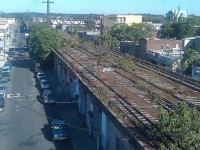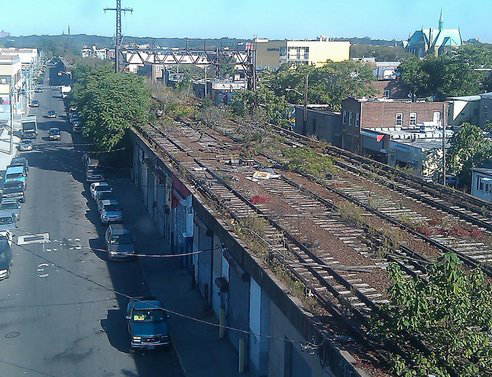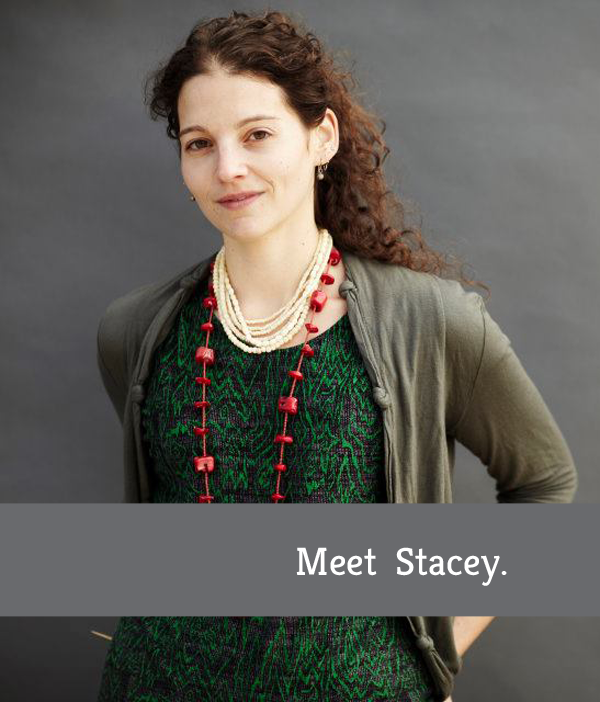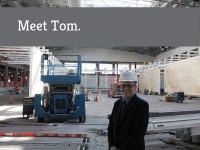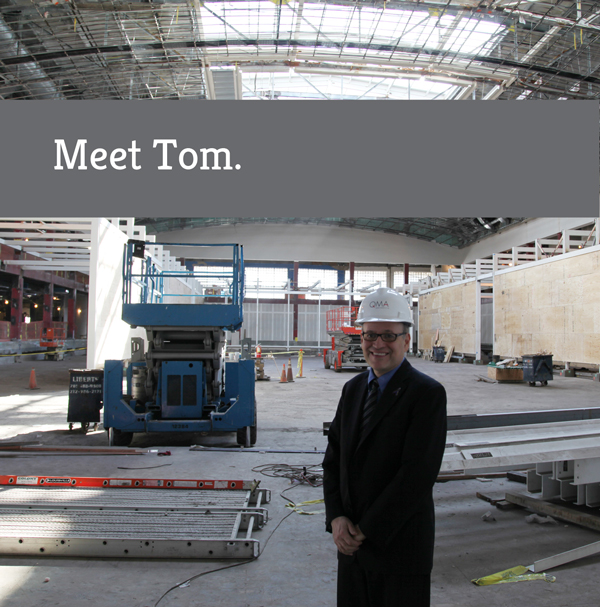Anyone who’s been in New York over the past few years will know that there’ve been huge changes afoot in many of our public spaces. From Times Square to Union Square to Bliss Plaza in Sunnyside Queens, lovely open community spaces both big and small are being freed of traffic and built out and expanded and greened and brightened up, and New Yorkers love them. We stop by in droves with bag lunches, or for a chat, or a rest, or a bit of shade or sun, or to meet someone new. NYC plazas seem to be here to stay.
What many New Yorkers may not see, though, is how many thousands of busy hands are at work to make these spaces the vibrant community hubs they are – or how much time, money, and love go into maintaining and constantly improving them. Seems easy enough, right? Block off traffic and throw in a few planters? Well, no. Turning a plaza into a real community space is actually super hard, expensive work.
So today, we want to highlight an exciting Neighborhood Plaza Partnership (NPP) campaign. NPP is a program under the fabulous Horticultural Society of New York, or “the Hort,” for those in the know. The campaign, called WePlaza!, brings together improvement initiatives coming down the pipeline at three plazas in Queens and Brooklyn. Always on the lookout for new ways to fund plaza improvements, these three projects have come together to do a crowd-resourcing test run of sorts.
“Part of our mission,” explains Dorothy Le, director of capacity building at NPP, “is to work with plaza groups to see what kind of tools we can use, and crowd sourcing is potentially one of them.” If this test run in crowd resourcing is successful, the futures of NYC plazas will look that much more secure.
“Seeing the possibilities that exist in these spaces is a really positive thing, and really opens up creative avenues for community members, whether they’re arts groups or educational groups, or whether they’re simply waiting for the train,” Le says.
So check out the awesome WePlaza! video teaser on their campaign page, and meet the leaders of the three initiatives, below. See if any of them calls to you!
- Third Thursdays performances at Bliss Plaza, Sunnyside, Queens
When arts group Recreate Queens put out a public call, recently, for local performers to take the “stage” this summer at Bliss Plaza, they were immediately flooded with over 40 applications. Things were off to a good start, to put it mildly.
The call went out to fill what will be the very first arts programming series at brand new Bliss Plaza, which opened last summer. In the next few weeks, five performers will be selected, and will be scheduled to perform on the third Thursdays of each month from June to October. There’ll be no official stage or sound system, but otherwise, the sky’s the limit. “We want people to step off the train and wonder ‘hey, what’s going on here?’ and have a seat, whether it’s for five minutes or for the full hour,” says Rachel Thieme, director of Sunnyside Shines Business Improvement District. “We want to draw people in who wouldn’t go to a more formal performance space in the neighborhood or further out.”
What’s perhaps most exciting about season one of this new programming series is that no one has the faintest idea of what it’ll look like, culturally speaking. “Sunnyside is such a diverse neighborhood, like so many neighborhoods in Queens, but really especially here,” says Thieme. “We have large populations of people from Ireland, from Central and South American countries. People from Eastern Europe. So I’m really curious in terms of cultural performance what we’ll see. Maybe it’s going to be one week of flamenco and one week of Irish step dancing. I hope that it will reflect the diversity of the neighborhood. The Plaza has been a really popular public space, and I think this is an opportunity to really make it more of a town square center.”
To learn more, and to donate, click here.
- Free Wifi at Corona Plaza
Coming soon to Corona Plaza, Queens: free wifi! By this summer, you should be able to stroll through the space and log right in. Best of all, users will be directed, upon signing in for the free Wifi, to a main Corona Plaza community page. The site, will highlight community and educational events at the plaza, and promotions by local businesses. An information fair for immigrants might be advertised, for example, or an event along health and wellness themes. Or a notice about an open-air Zumba class next Friday night might pop up.
Ricardi Calixte, Deputy Director of the Queens Economic Development Corporation, is eager to see how this main page might bring together a community in which not everyone has wifi at home, and not everyone is aware of all the neighborhood has to offer. The community, he notes, is a largely immigrant one, and largely working class.
The plaza, Calixte says, is slated for some fantastic renovations next year, so he and his colleagues want to bring a community together around the space before that work begins. “We’re looking forward to making the most of this year,” he says, “to make sure that people know what’s happening in the plaza, and then when the final project is ready to go, people will be excited to get back to it. We think that the wifi and upping our social media campaign will help boost the image of the plaza.”
To donate, visit the project’s campaign page here.
- Gorgeous new shade structure for teeny-tiny Fulton Plaza, in Fort Greene, Brooklyn
Maria Nikolovski, an architecture student at Pratt, walks through Fulton Plaza all the time, on her way to school, or to Fulton Street’s hip cafes and restaurants. She and her peers have always wanted to create a piece of work for their Fort Greene/Clinton Hill community, but until now, they’ve never had the chance. The funding wasn’t there, and local projects weren’t a part of their coursework. Most Pratt architecture student projects over the years have actually been abroad. So when student design group PrattSIDE came into some grant funding, they knew just how to use it.
Coming to Fulton Plaza: a graceful shade canopy, made exclusively of steel and rope. Why steel and rope? They’re cheap, easy to use, and malleable (which will come in handy when the structure is moved, after its first 11 months, to an undecided new location). The inspiration came from the local community, via PrattSIDE’s partner, the Fulton Area Business Alliance (FAB); residents had reported that what they most wanted in the plaza was shade, shade, shade. The sun can be harsh in the Fort Greene/Clinton Hill area; mini parks abound, but in the in-between areas, you’re liable to get scorched.
Maria and her peers are thrilled to offer a taste of the Pratt aesthetic to the larger Fort Greene community. “In Fort Greene there’s a big art and design community,” she explains. “With Pratt Institute being one of the best design schools in the country, there’s so much of that kind of art energy in the area, and sometimes it isn’t represented well in the community. This building’s full of so much talent, and we’re really excited to release that into the community, and see what they have to say.”
To read more and donate, click here.
